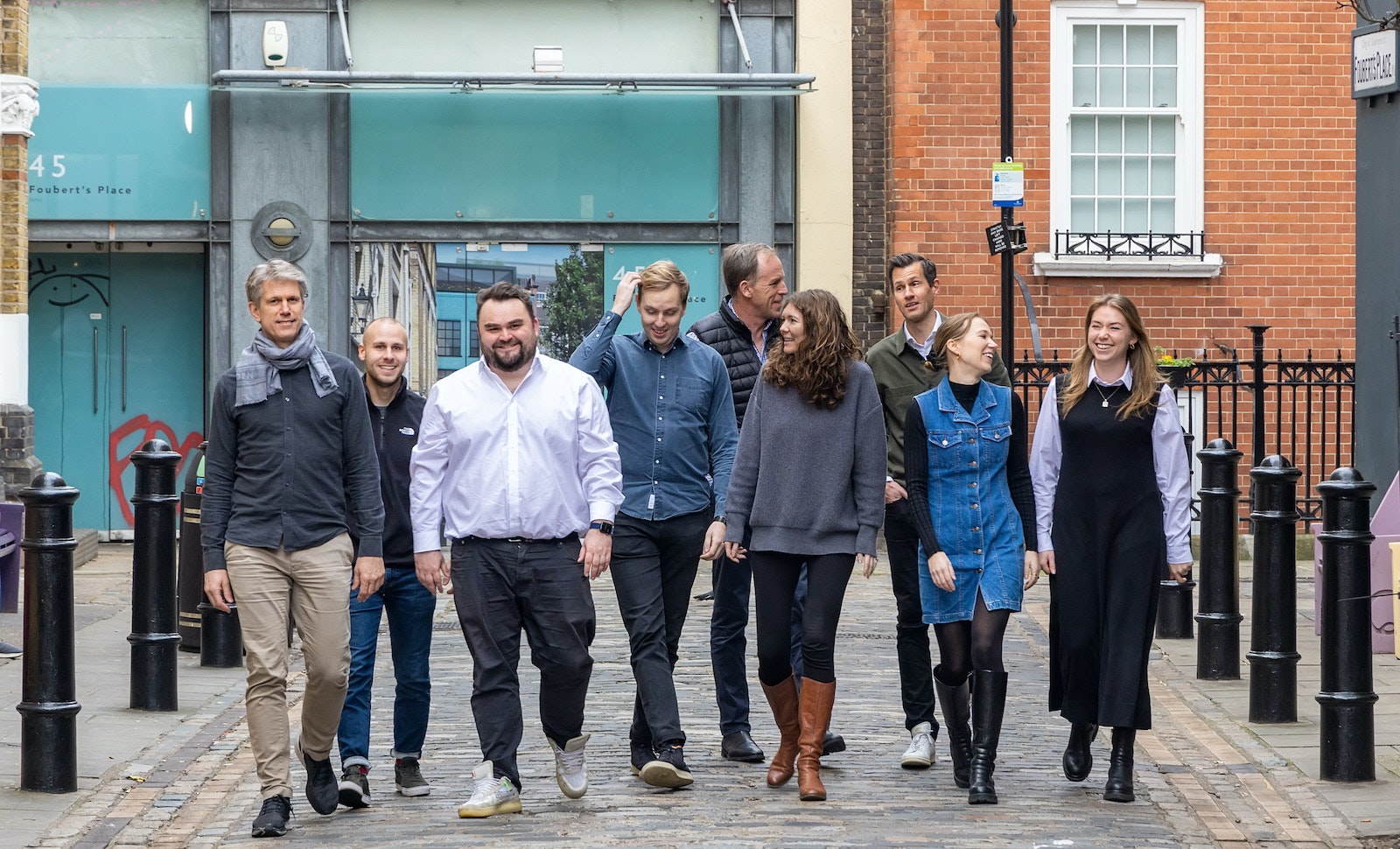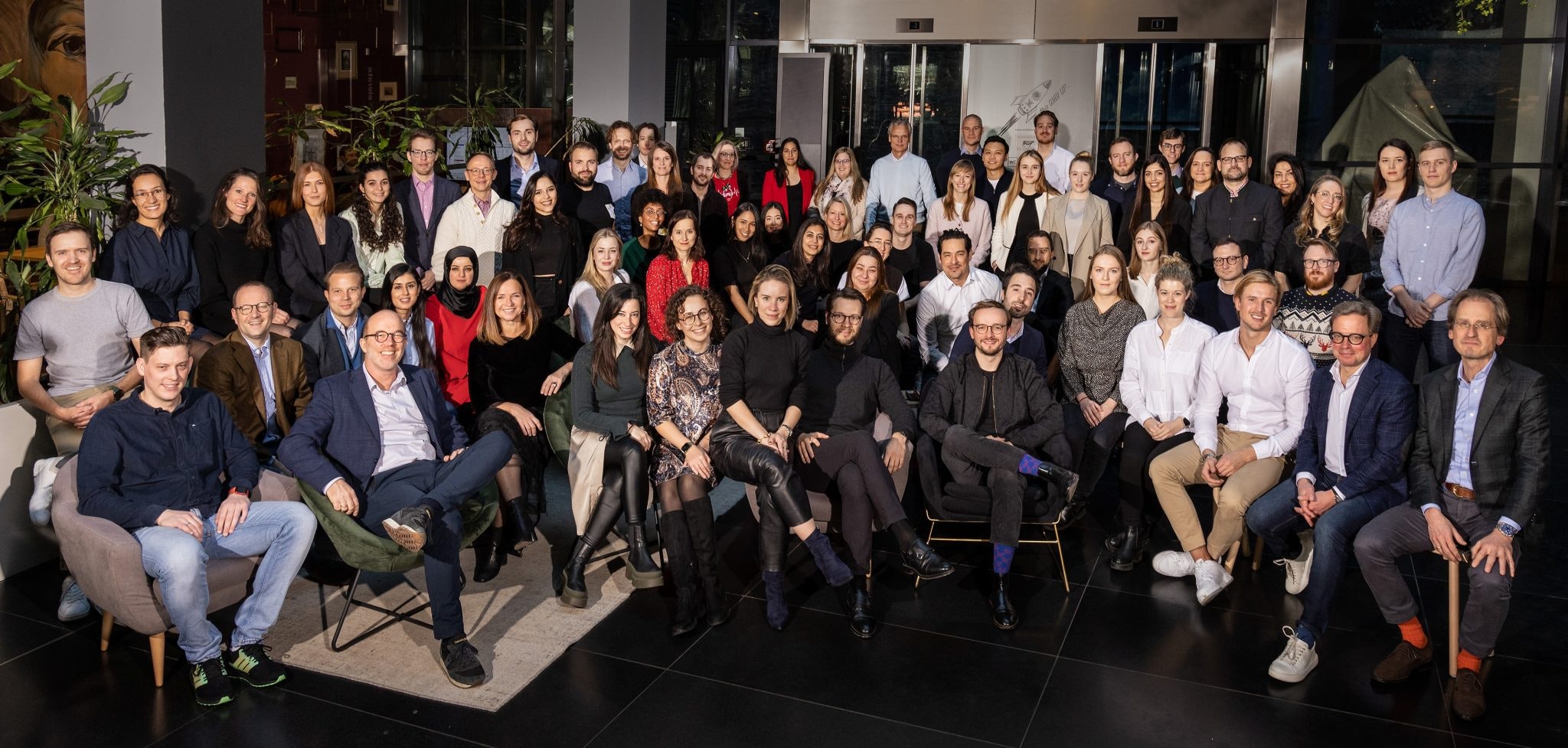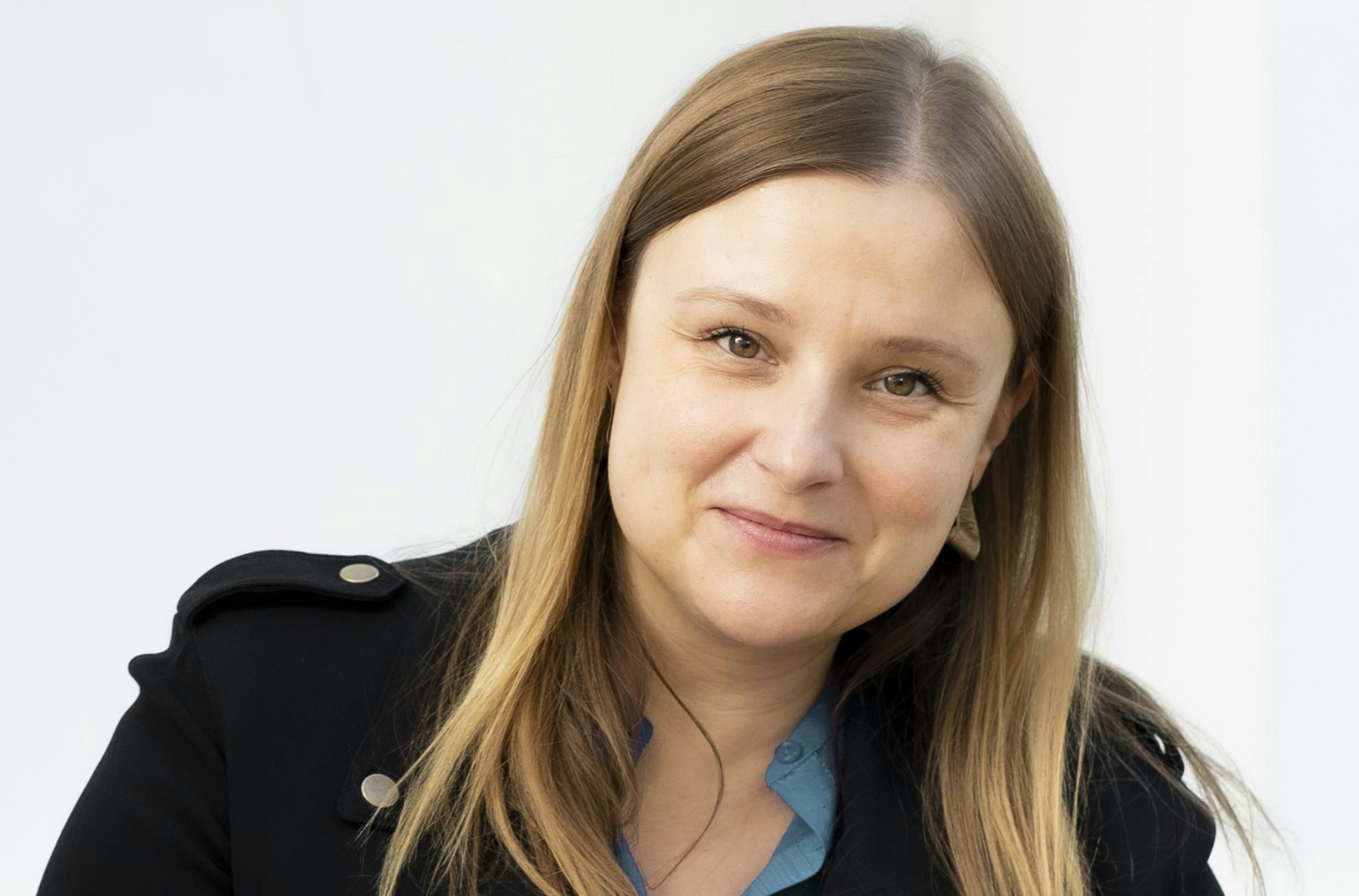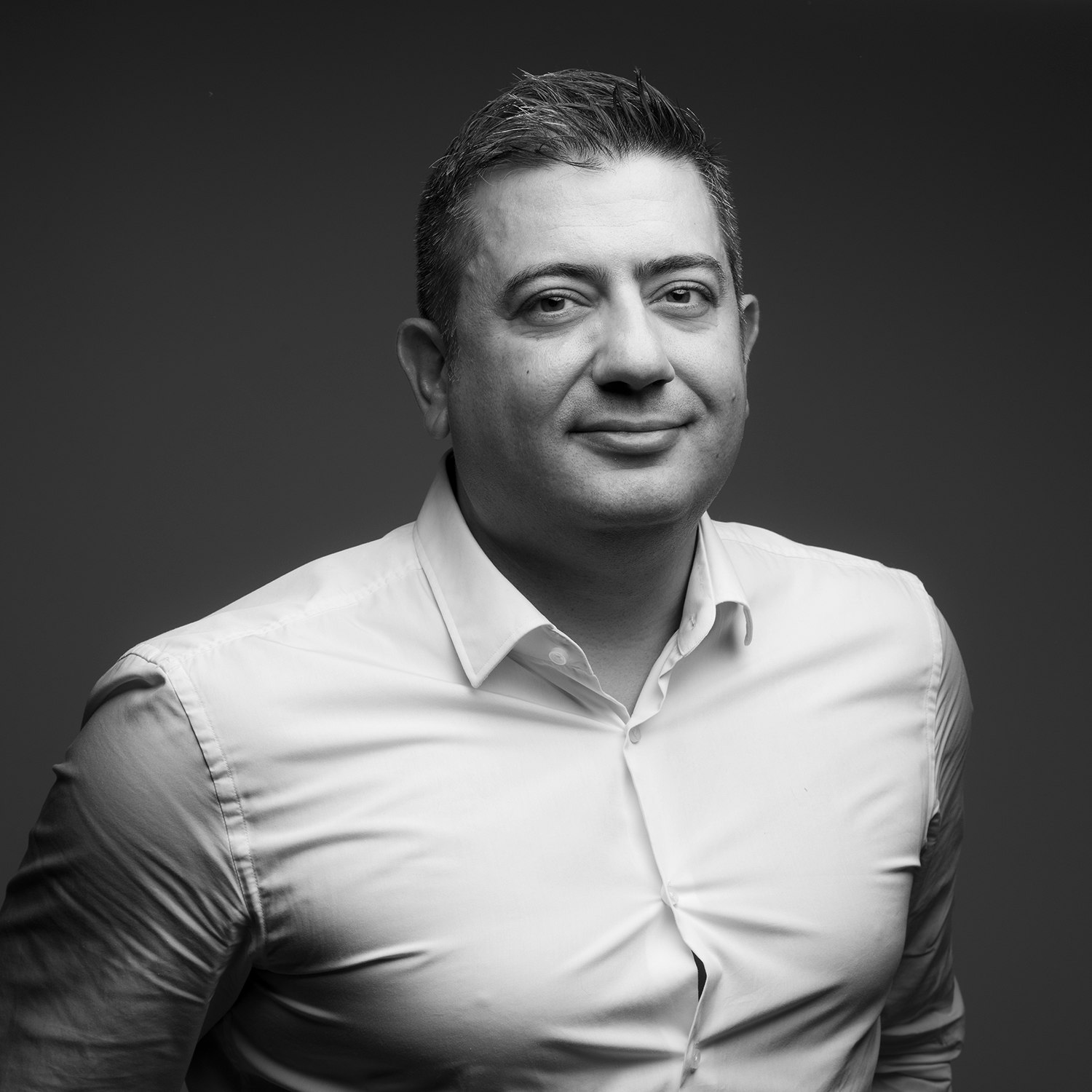As Europe’s VC sector has grown, so too have the sizes of the funds raised by European VCs.
The median fund size for a European VC is €69m so far this year — the figure more than doubling since 2018, when it was €32.5m, according to Dealroom data. We’ve seen a similar trend in the US.
This year, European VCs announced five funds of more than $1bn — EQT Ventures and EQT Growth, Northzone, One Peak Partners and Redalpine. NATO also raised a €1bn fund for defence.
But do bigger and bigger funds make sense?
Quick (fund) maths
First, let’s look at what fund sizes mean for returns with some back-of-the-envelope calculations.
Most VCs promise their investors that they’ll get at least three times their money back. They also take 2% management fees, in addition to 20% of the carry (the profits made on their investments).
Imagine you have a $100m fund. One of the 20 portfolio companies sells for $1.5bn. You own 20% of that business, which makes your stake worth $300m. After taking out management fees of 2% per year (over a 10-year period, usually) and 20% carry, you’re still not returning 3x to your investors.
With a $1bn fund, it’s even harder to reach that 3x — you’d need one or several of your 20 portfolio companies to have a ginormous exit.
Some research from Silicon Valley Bank (which is admittedly very old, covering the years 1981 to 2003) shows that large funds struggle to get good returns, while on the whole smaller funds are more likely to do well. The report puts that down to smaller funds being more incentivised to hustle for carry, given their management fees are much smaller as an absolute number than a large fund's. (2% of our $1bn fund over an eight-year period equals $160m — or, plenty of ski trips to Verbier.)
But there are other dynamics at play, such as how much a fund reserves to follow-on in subsequent rounds that its portfolio companies raise.
If you’re a small fund that’s too small, you might not have enough capital to double down on your winners at later stages, meaning the size of your stake shrinks as the company brings on more shareholders. This is why we see early-stage funds now raising capital specifically for follow-ons. (More on this later…)
If you’re a large fund, you potentially have more resources to support your companies, like introductions to other investors or talent — which could help you land better deals.
European VCs that have grown fund sizes gradually — and why
In Germany, Revolut-backer Point Nine has grown fund sizes slowly — raising sub-€100m seed funds until launching a €180m fund this year. The fund’s partners only back about two to three companies per year each.
Christoph Janz, Point Nine’s managing partner, says that the firm’s fund sizes have increased as seed round sizes have increased with the European tech ecosystem’s maturation. That ecosystem growth — plus a doubling of the partnership from two to four partners a few years ago — explains the recent jump in fund size.
“We’ve always tried to size the fund in such a way that we can do what we are best at: investing in early-stage startups, mostly in B2B SaaS and B2B marketplaces, all over Europe and sometimes beyond,” he says. “If we had raised a significantly larger fund, we would have had to move to later stages or invest in many more companies, which is not what we want to do.”

Sweden’s Creandum is another example of a VC that has resisted the urge to grow fund sizes too much. It raised its sixth fund this year, of $500m, and general partner Johan Brenner says that the fund decided not to raise as much as there was demand for from LPs.
“There is always a temptation to raise larger funds to be able to generate more fees and invest in later stages,” he says. But the firm believes that ”early stage provides the best long-term returns for our investors, and we want to rather raise more often than have too large fund sizes that may distort our strategy.”
The company uses about 40% to 50% of a fund to lead 30 to 40 seed and Series A rounds, keeping the rest for follow-ons so it can back companies all the way to exit.
Creative ways of scaling a VC firm
Other VCs in Europe look at the fund scaling question in a bit of a different way.
Earlybird’s solution to scaling as a firm has been to raise a “family” of funds. Those include its Digital West Fund (for DACH, the Nordics, UK, Benelux, France and Southern Europe), Digital East Fund (Eastern Europe), Earlybird-X for university spinouts, a healthtech fund and an opportunity fund to continue investing in its most successful portfolio companies. Its latest flagship Digital West Fund (its seventh), of €350m, was raised in May.
Hendrik Brandis, Earlybird cofounder and partner, says that big funds can work at later stages, but that “very large pools” — say, more than $500m — “are counterproductive” for early-stage venture.
His argument is that a larger pool of capital must be managed by more decision-makers, and a larger group will be “more distant from individual deals” and thus less likely to take a risk and back truly disruptive tech at early stages. In other words, it’s easier to get four people to sign off on a nuclear fusion startup than it is to get 10 people to agree.
“It’s not even the euro amount which matters; what matters is the size of the decision-making body,” he says.

On the other hand, Oliver Holle, managing partner and CEO at pan-European VC Speedinvest, disagrees with the conventional view on early-stage fund sizes to date.
“I really believe that if you play it right, think carefully and have a clear strategy, you can scale fund sizes beyond what people believe has been normal for the last 10 to 20 years,” he says.
Speedinvest just announced a new €300m fund for pre-seed and seed-stage startups and €200m for follow-on rounds. Unlike VCs at similar stages that have kept team sizes low, Holle thinks the key to growing fund sizes is growing the team alongside them; Speedinvest has more than 40 investors across Europe.
“The traditional model is something like 5 to 15 people on the investment side and 20 to 30 portfolio companies,” he says. “All we're doing is multiplying this by four or five. But we still have a very healthy — if not more healthy — ratio of senior investment professionals to portfolio companies.”
What will the impact of the tech slowdown be on fund sizes?
So what will a slowdown in tech fundraising mean for VC and fund sizes in Europe? Mark Schmitz and Reiner Braun, who run fund of funds Equation in Germany, say the Accels and Baldertons of the world will be just fine; a ”flight to quality in all asset classes will mean that branded, more established fund managers may have an edge in the next 18 to 24 months.
“At the same time, more and more LPs are realising there is an attractive and growing part of the early-stage market addressed by emerging managers,” they say. “That’s where we still see the strongest managers being oversubscribed, while less differentiated approaches will likely find their fundraising falling short of expectations.”
And the rise of strongly differentiated, solo GPs in Europe — combined with overall growth in the startup ecosystem — will likely mean that European VC will continue to have several large, well-known funds, and a constellation of smaller ones.


